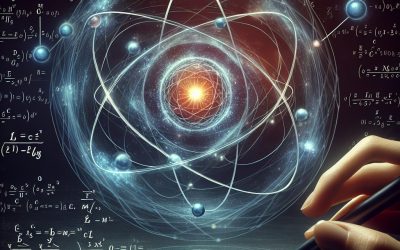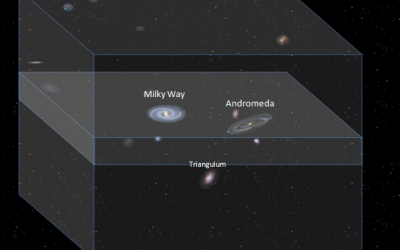Physics by Topic
Nuclear Fission
Nuclear fission occurs when a large atomic nucleus is split by means of neutron bobardment into smaller nuclei. Nuclear Fission Where the energy comes from in Nuclear Fission? Induced Nuclear Fission Nuclear Fission Reactors Why use Uranium for Nuclear Fission?...
Binding Energy
Binding Energy is the energy required to break up the bonds of atoms or the energy released when small atoms combine. Binding Energy Nuclear Binding Energy Calculating Binding Energy Calculating the Assumed Mass Binding Energy per Nucleon Binding...
Nuclear Fusion
Nuclear Fusion is the name given to the the event when the nuclei of two atoms combine creating a new heavier atomic nucleus. What is Nuclear Fusion? Overcoming the Electromagnetic Force Nuclear Fusion in Stars Energy Production through Nuclear Fusion What is Nuclear...
Metis – Moon of Jupiter
Metis is one of Jupiter’s many moons, which is currently believed to have at least 63. It is one of four moons that make up the ‘Inner Group’. Where in the Solar System? The Inner Group Metis Where in the Solar System? Metis is...
Martian Moons
In the August of 1877 an American astronomer was looking at Mars in hopes of discovering a moon. He instead discovered two Martian Moons; Deimos and Phobos. Naming the Moons of Mars Shape and Orbit of the Martian Moons Origin of the Martian Moons Phobos Deimos...
Local Galactic Group
The Local galactic group is the term we use for a group of over thirty galaxies in our local vicinity. What is our Local Galactic Group? Which Galaxies makeup our Local Galactic Group? Milky Way Group Andromeda The Triangulum spiral Galaxy (M33) Galaxies...
Decay Chains
Decay Chains is the name given to the stages of radioactive decay of unstable isotopes or elements. Some radioactive isotopes decay into stable isotopes directly but some unstable or radioactive isotopes decay into other unstable isotopes many times before...
Cepheid Variables
What are Cepheid Variables? Why are they useful? Measuring the Milky Way Hubble’s work with Cepheid Variables Existence of other galaxies The Expanding Universe Dark Energy Dating the Universe What are Cepheid Variables?...
Atoms
It has been believed for a thousand years that atoms were the smallest component of matter, but in the late 19th century that the first evidence that atoms were made up of smaller sub-atomic particles came to light. About Atoms Diagram of an atom...









